When acclaimed German children's author Cornelia Funke, best known for the Inkheart trilogy, first contacted David Latimer of Nashville–based New Frontier Tiny Homes, she was living in Los Angeles and looking to buy beachside property. Additionally, she wanted to build an off-grid, tiny home on the property which could serve as both a writing studio and guest quarters for visiting friends. When she finally found the right piece of land, an old avocado farm near Zuma Beach in Malibu, she commissioned Latimar to craft a customized tiny home at his facility in Nashville, Tennessee.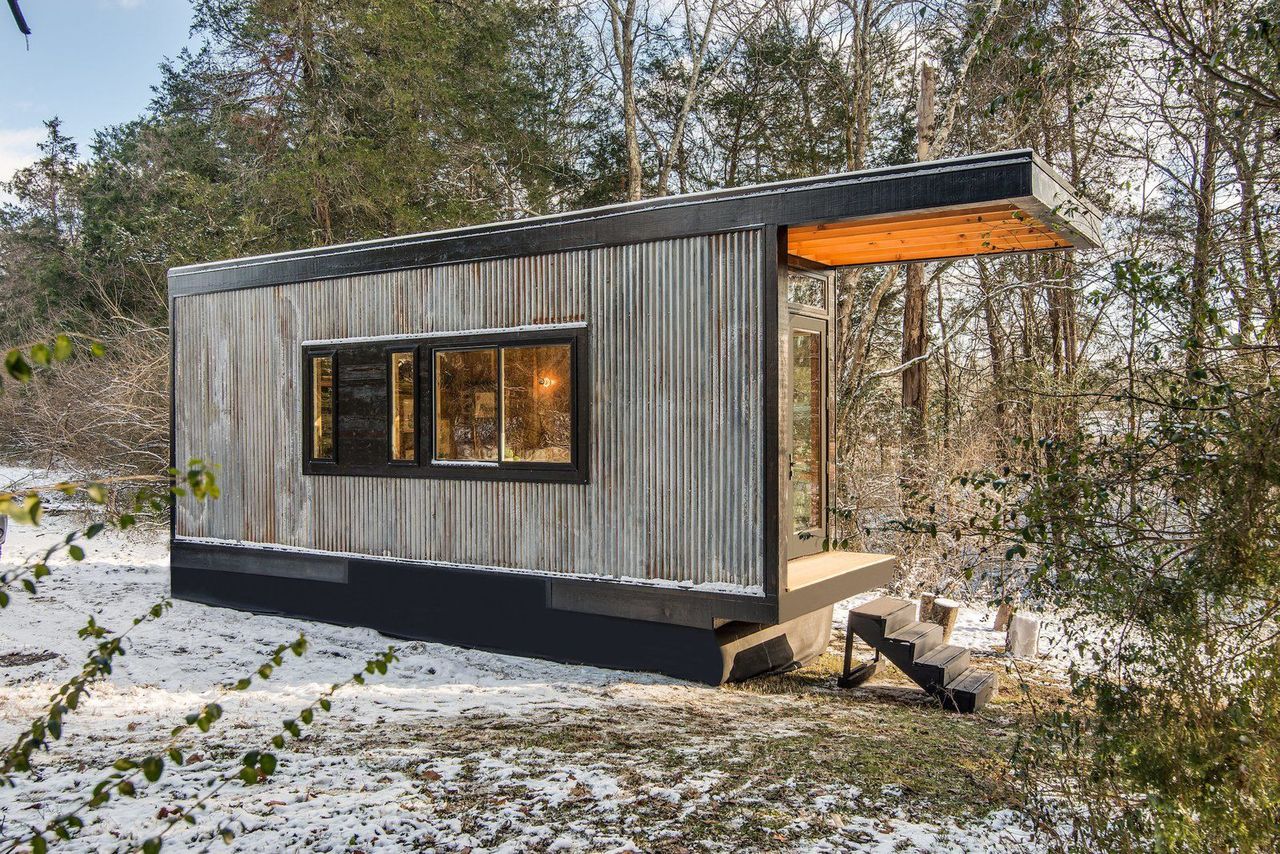
The corrugated exterior echoes an old, corrugated shed on author Cornelia Funke's Malibu property.
The 250-square-foot unit was built on a trailer, and after completion, Latimar drove it out to Funke's Malibu property to personally deliver it himself. Funke was so happy with the results that after a few days, she ordered another.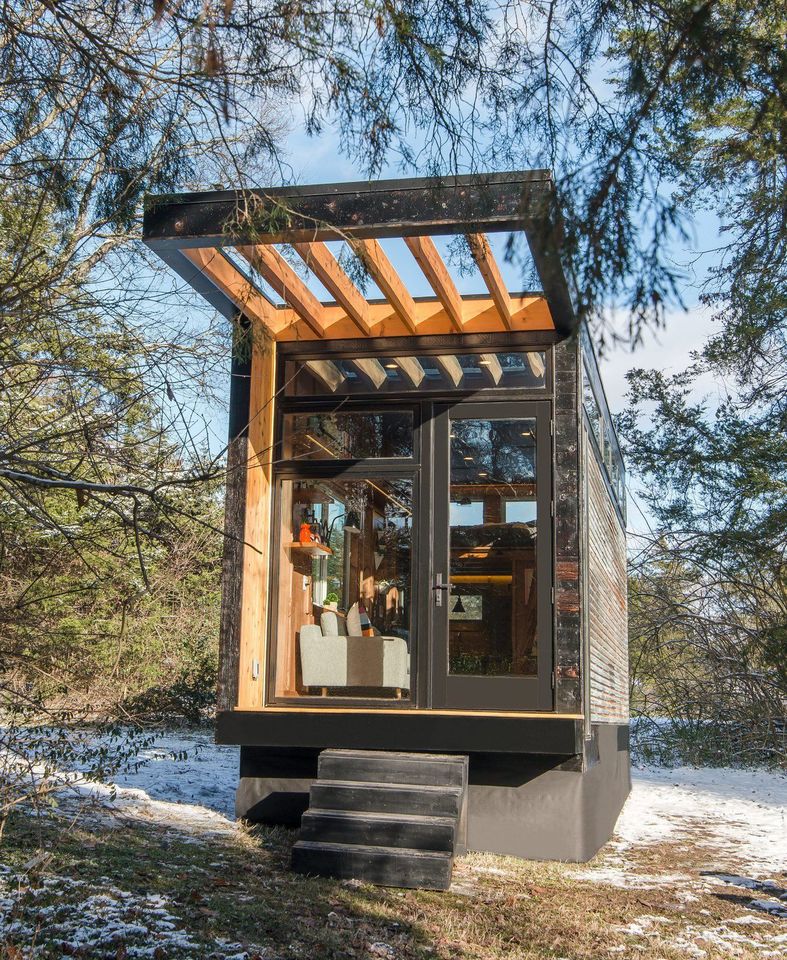
The tiny home was built on a trailer for easy mobility.
Now anyone can order the Cornelia Tiny House, which comes in at around $125,000 (depending on customizations). New Frontiers also offers a larger version of the Cornelia with an extra ground-floor bed, a larger kitchen, and a larger full bath. Scroll through for a look inside the original Cornelia, which was photographed in Nashville prior to its big move out West.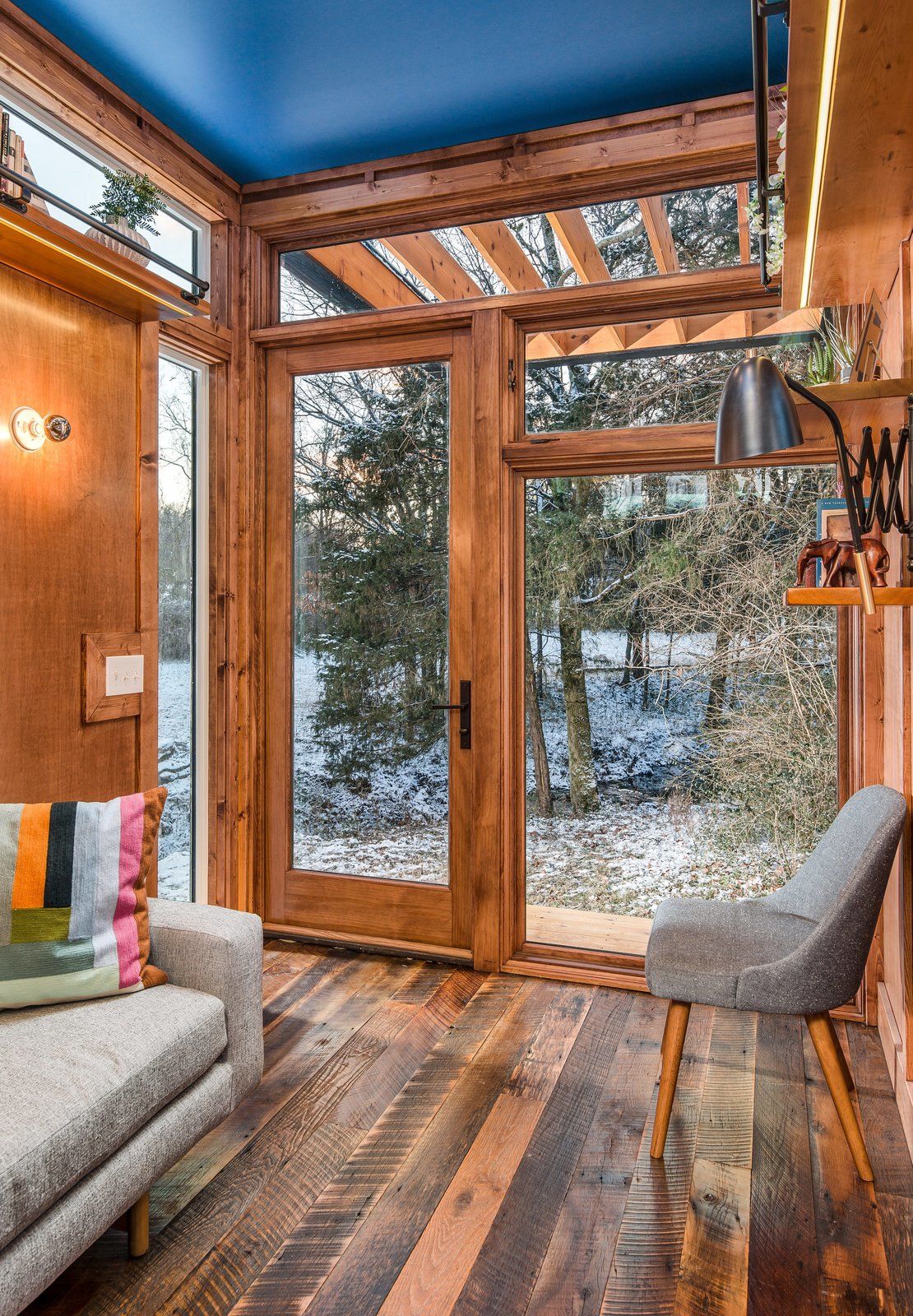
One challenge Latimer faced was that Funke wanted natural light, but also a sense of privacy. 
Every detail was customized specifically to meet Funke's requirements, including the custom paint and stain. The reclaimed hardwood floors are a mix of woods, and all the interior siding is maple. 
A large picture window sits above Funke's writing desk. The desk was brand new, and Latimer had to put it through a few processes to achieve a certain patina.
"Cornelia is a real rock star," says Latimer of his client-turned-friend. "She is one of the most amazing people I have ever met." 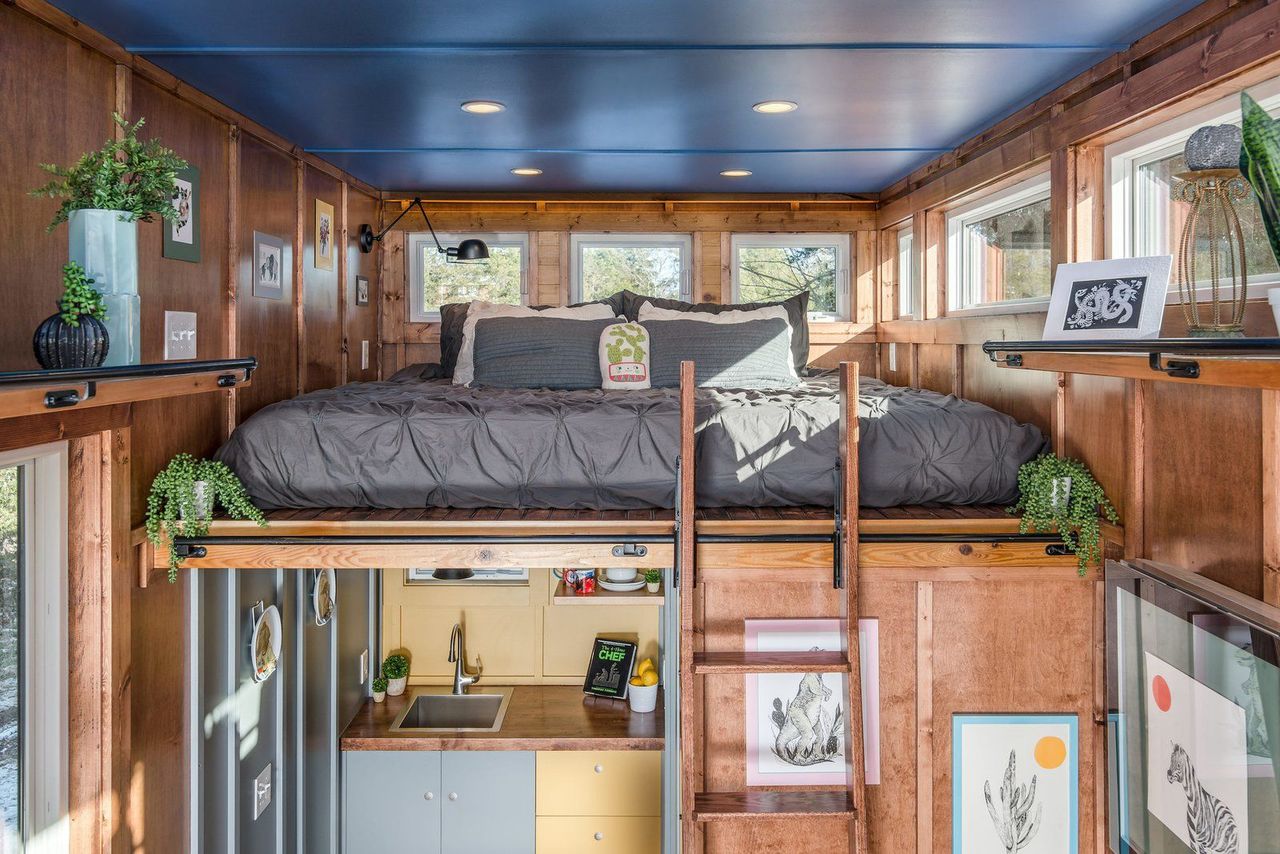
The sleeping loft is accessed via a library ladder, with clerestory windows added to keep the space from feeling too claustrophobic. 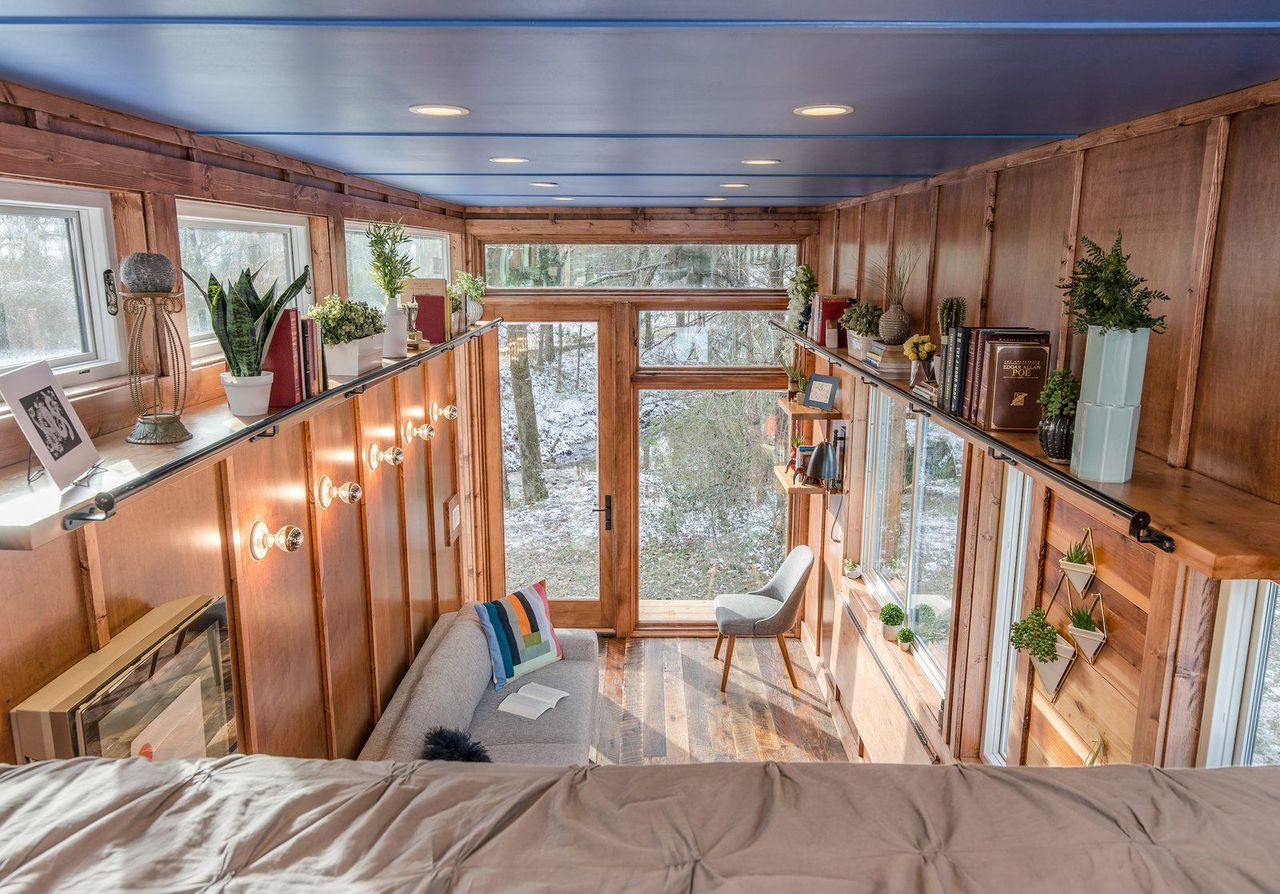
"One great thing about tiny homes is that you can do all the details," explains Latimer. 
Shelving and storage were added as space allowed. 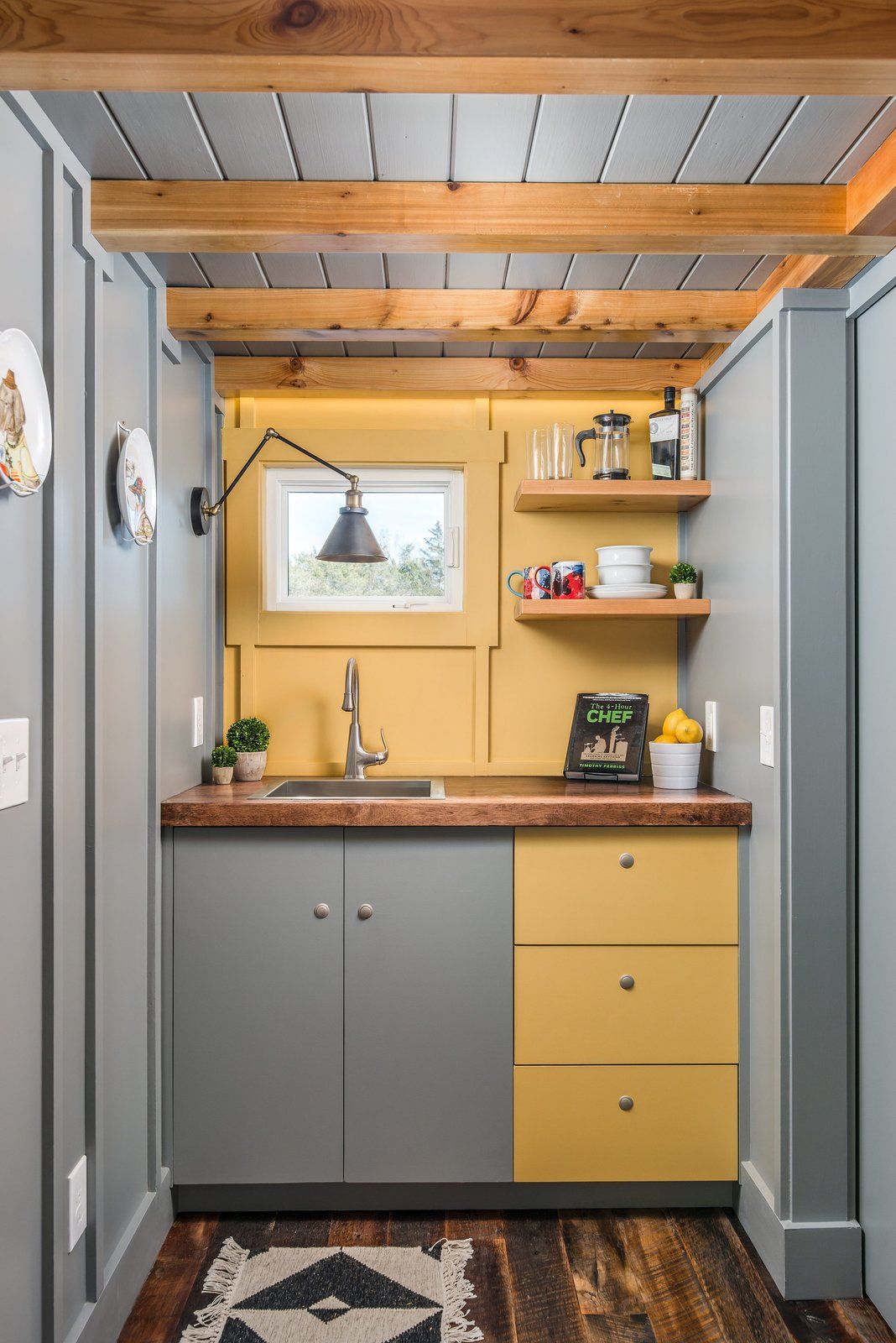
A full-on kitchen was not necessary, but the suitably tiny facilities provide just what is needed to prepare a cup of coffee. 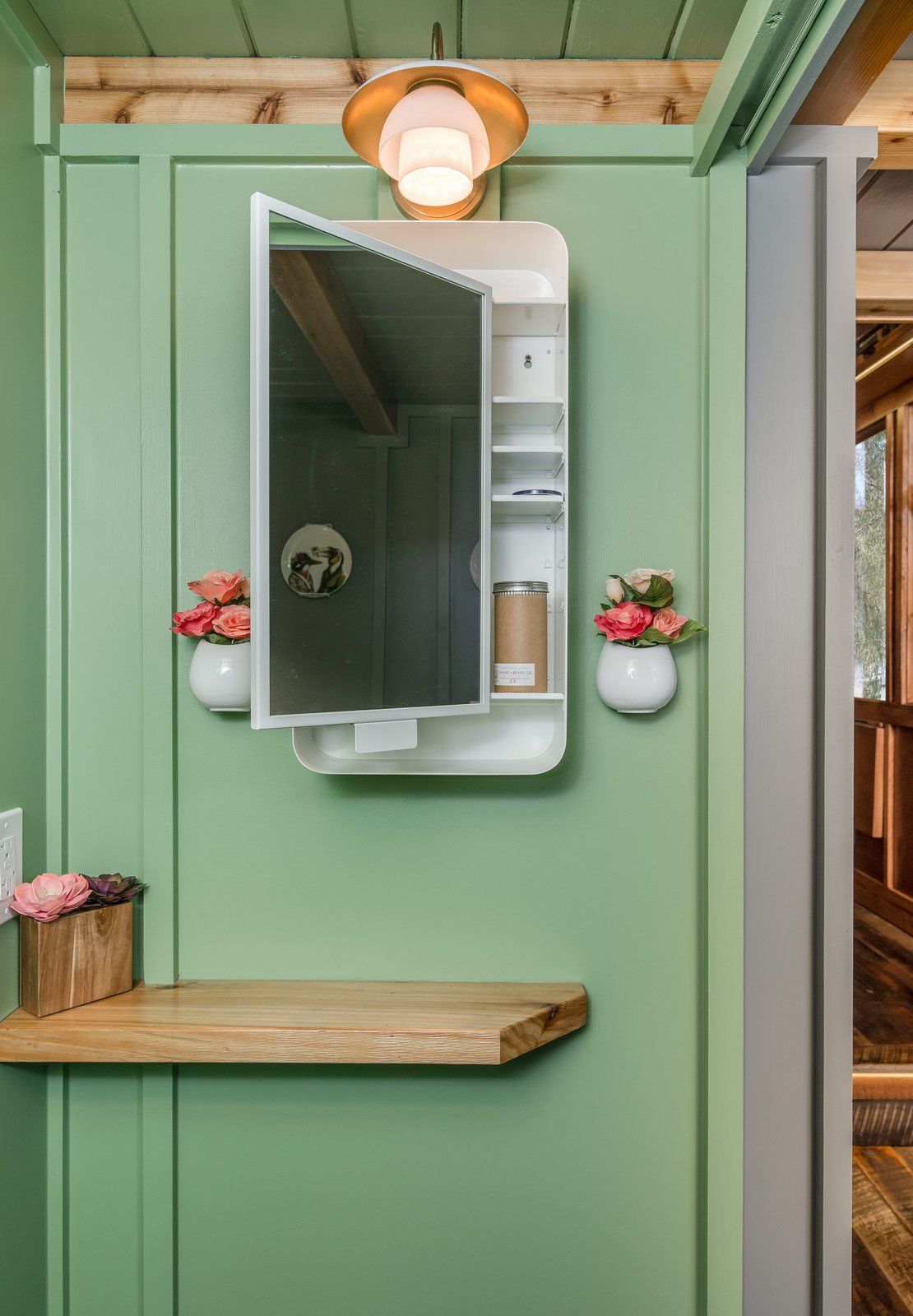
A petite bathroom has been painted a serene shade of green. 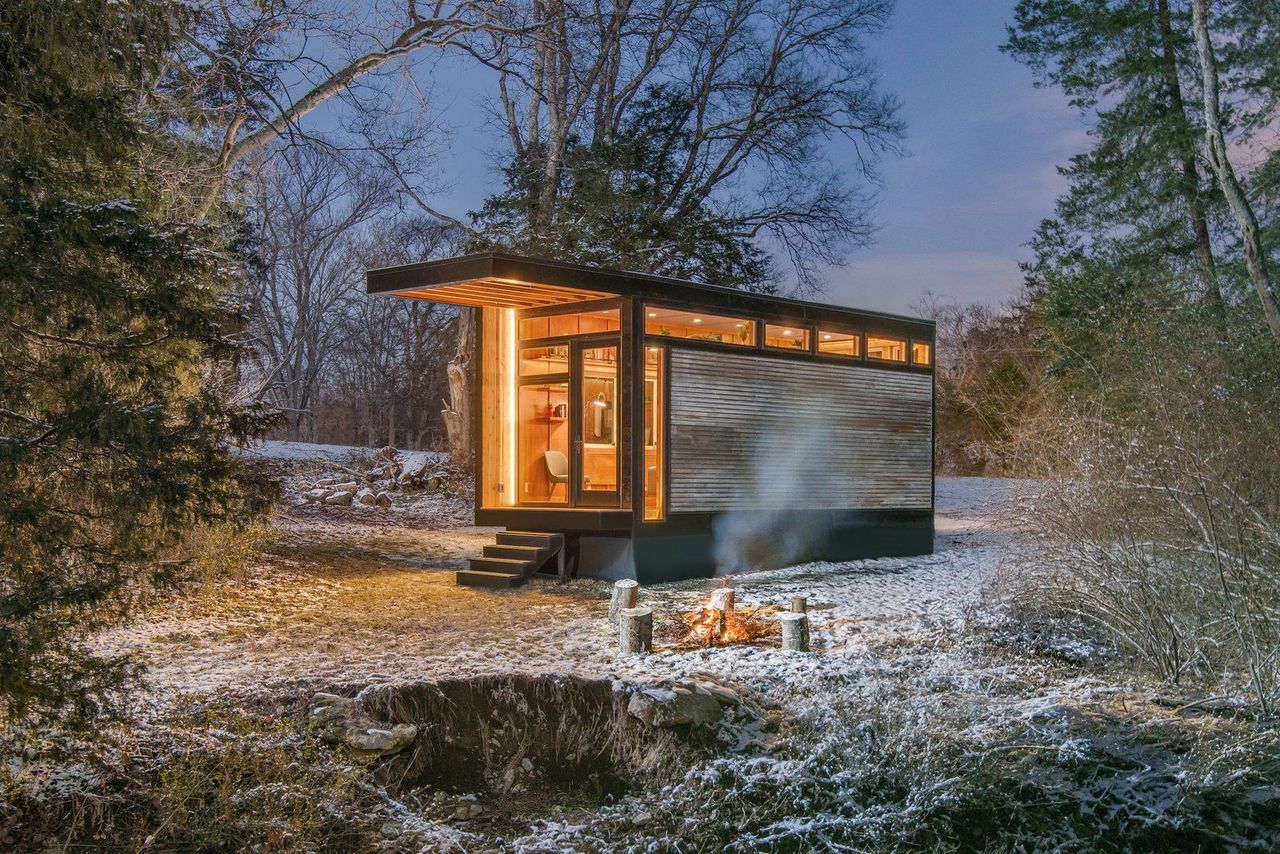
For the exterior, Latimer used shou sugi ban charred cedar in addition to the corrugated metal. He says, "The design inspirations are both Japanese and Scandinavian. We wanted it to have a warm and cozy sense of hygge. Funke called it 'sensual design' because it appeals to all the senses."

Tropical Boho Homes With Beautiful Vignettes & Vistas
Two tropical boho home designs, featuring swimming pools, cozy lighting schemes, interior archways, natural accents, and beautiful decor vignettes.


![A Tranquil Jungle House That Incorporates Japanese Ethos [Video]](https://asean2.ainewslabs.com/images/22/08/b-2ennetkmmnn_t.jpg)









